Sign up for The Envelope
Get exclusive awards season news, in-depth interviews and columnist Glenn Whipp’s must-read analysis straight to your inbox.
You may occasionally receive promotional content from the Los Angeles Times.
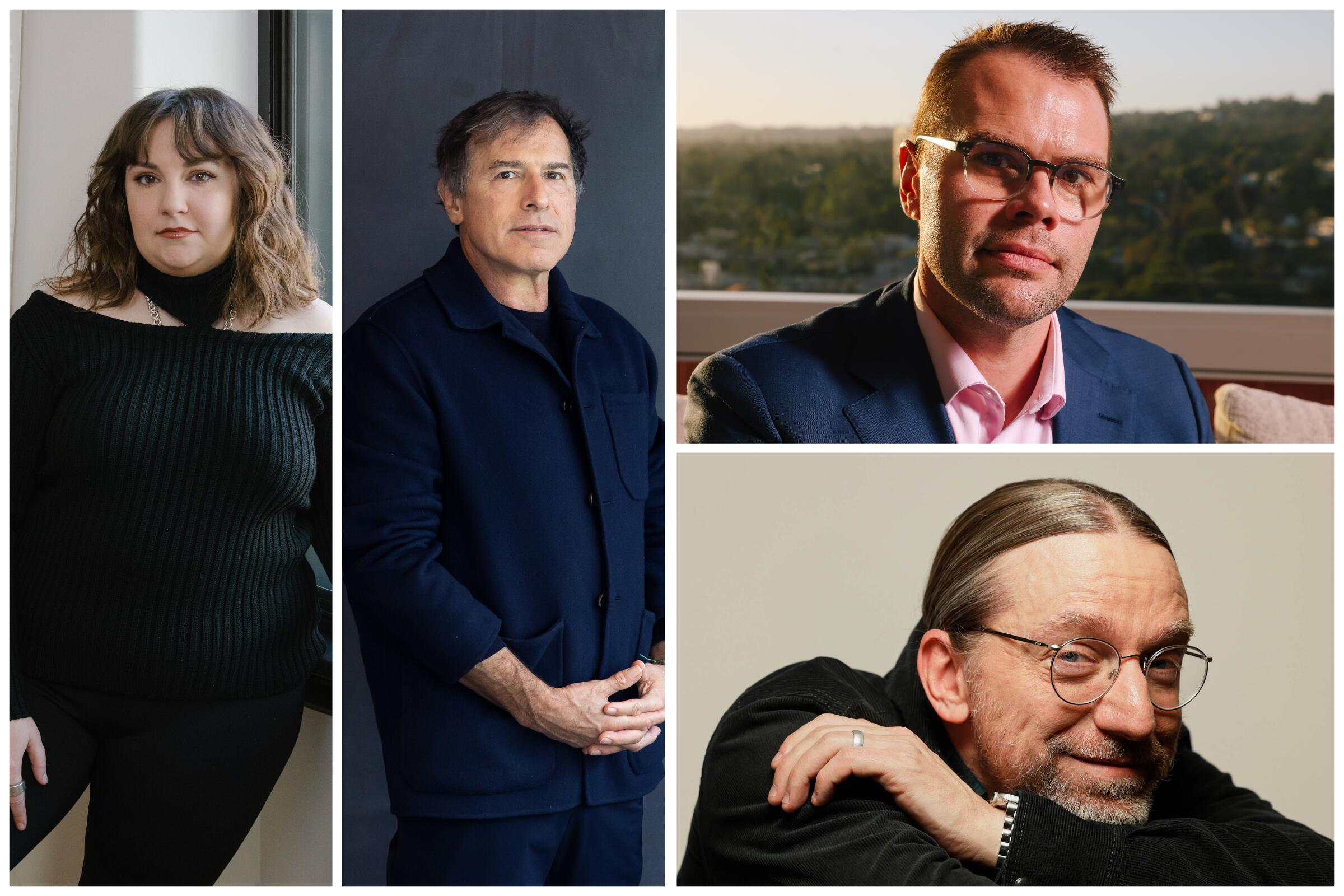
Every good film begins with a story. Sometimes it’s one that has already been written as a book or a play, and sometimes it comes straight from someone’s head — taken from history, from personal experience or created out of whole cloth. However it came to be, it must become a script, and every path to get there is different. Here, screenwriters who saw their films earn positive critical attention this awards season share their personal stories about, well, coming up with their stories.

Having to write narration from the perspective of a 16-year-old girl processing violence and observing, with brutal honesty, the complex dynamics of her community’s response required me to bring some of my own past experiences to the table in the manner that so many of my cast and crew already had. This narration was by far the most challenging thing I have ever had to write.
Making this film was a constant process of letting go. Letting go of the structure and many details of the novel I loved so deeply in order to spiritually hew closer to it; letting go of the idea that I was ever going to be finished with this conversation; letting go of earnestness in favor of humor and joy; letting go of things I dearly loved but that no longer belonged. It was liberating and it was painful. Read more >>

I knew “Tár” would be a rehearsal film, a process film, and wanted to try to convey the on- and offstage mechanics of such a thing. One concern about placing a character into this milieu was that people who actually live their lives within it might shrug the film off and say we’d gotten it wrong, that we’d presented a toy town version of the discipline.
So it was essential that the job of conducting have real agency in the narrative and not simply be there as a backstory for something else. Reading “For the Love of Music” by John Mauceri set me on a path. I called John and peppered him with questions based on the book. He stopped me and said, “Read my other books first, then let’s talk.” I did and found myself under the spell of a true master. Read more >>
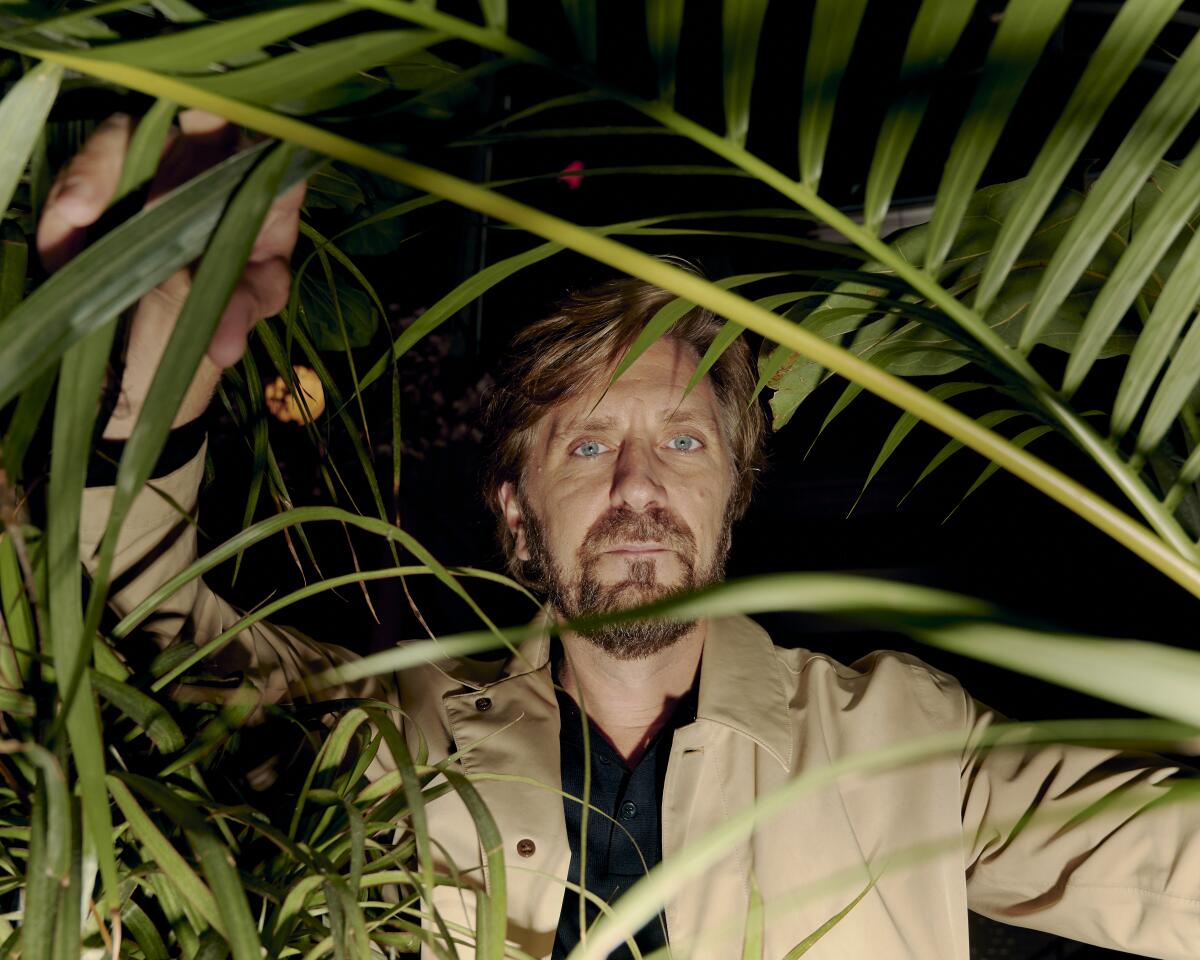
For “Triangle of Sadness,” I made a new tradition that I’m pretty satisfied with. The team gathers around the camera to look at what we’re actually trying to produce. Then a gong is placed next to my monitor. When the sound is rolling and the clapper has been hit, I never say “Action.” Nope. Instead, I roar, “COME ON EVERYONE! LET’S GO TO HELL!!!” and hit the gong with all my might. And I promise you, that presence! It absolutely vibrates when the gong has faded out.
In the production car, on the way home, no park keeper in the world will get my attention. I know it now, this movie will be a masterpiece. Everyone knows it. The fist bumps that I exchanged with the team were welcomed by genuinely open, smiling faces (hidden behind masks, of course.) Read more >>
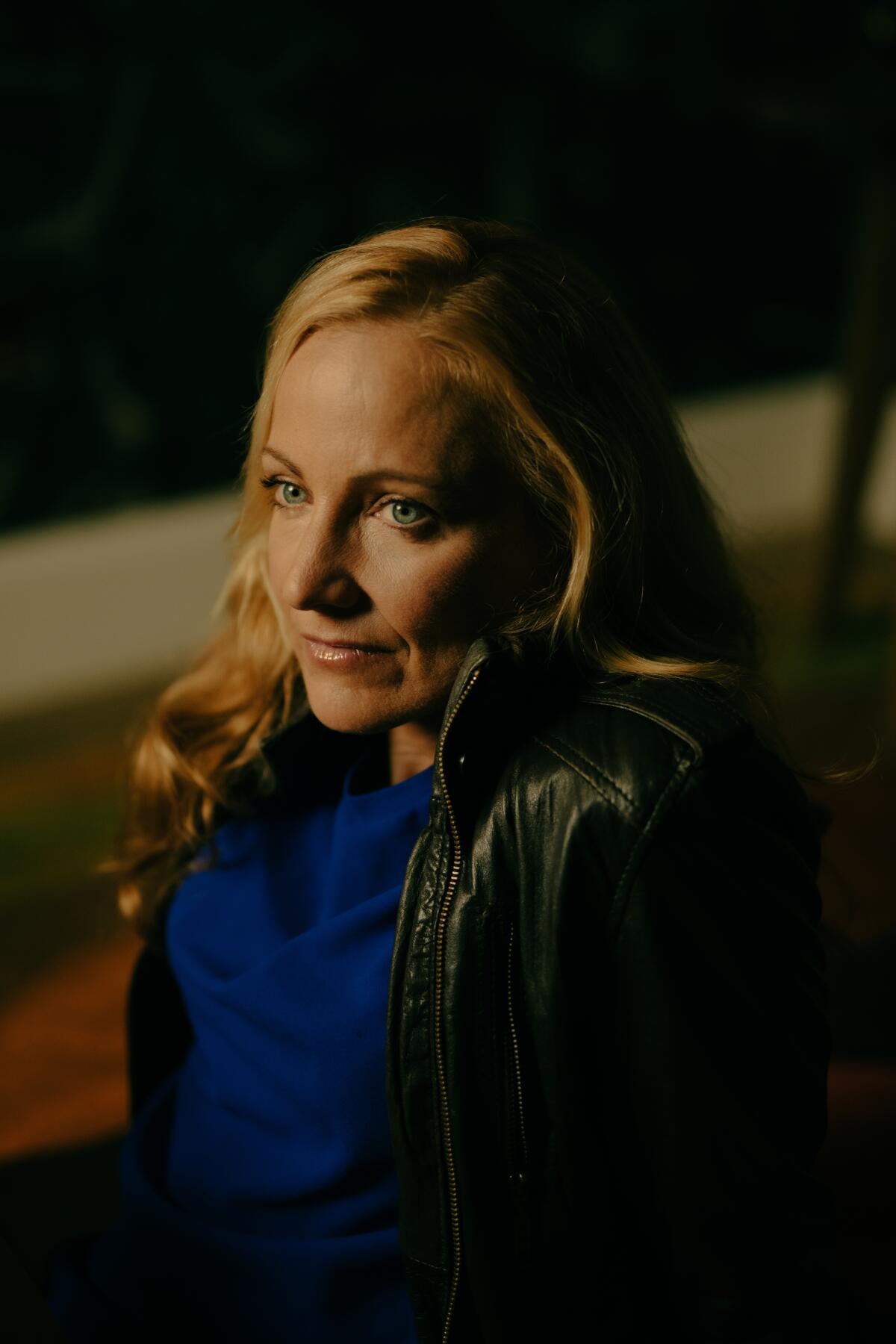
The novel is beautiful but difficult to adapt. It’s narrated with an almost reportage style — a somewhat unemotional, factual telling of events. We needed a cinematic throughline to keep driving the story forward. After my husband and I spent a week in the Compiègne Forest visiting the armistice train carriage, we found it. The grim historical details of that November morning mirrored the thematic spine of Erich Maria Remarque’s work. The fact that the Reich sent a career politician (Matthias Erzberger, played by Daniel Brühl) to lead the delegation of negotiators was yet another example of Remarque’s central theme: betrayal. (Erzberger was the scapegoat, for which he was later murdered by an antisemitic terrorist group who considered him a traitor for signing the armistice.) This was the missing piece. Read more >>
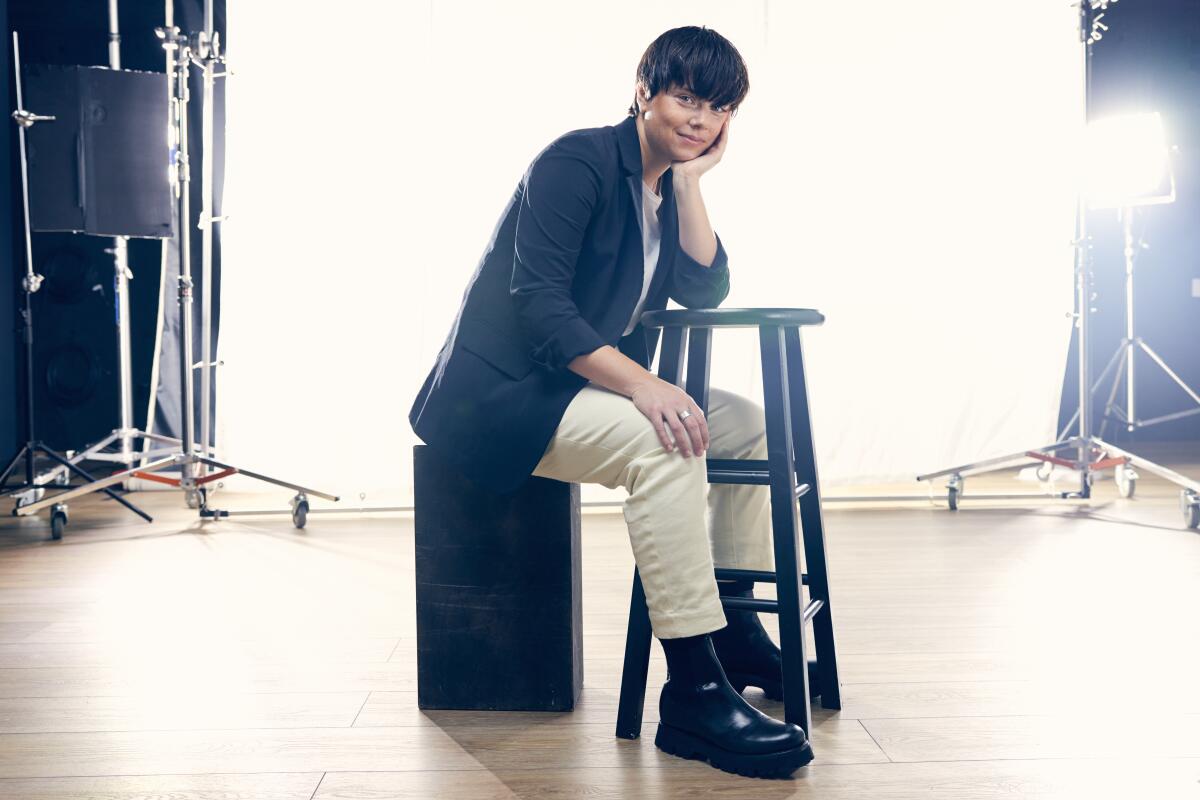
What challenges, I wonder, does being so guarded as an individual present when writing a film — public by nature — rooted in your own past and relationships, wrestling with something as private as grief? “That paradox didn’t occur to me until much later,” Wells admits. “After years of struggling to put words on the page, and never for a moment considering turning my attention elsewhere, it became clear that ‘Aftersun’ was a way of trying to make sense of my own grief — the loss of my dad as a teenager — which I had long avoided.”
It seems hard to believe that this motivation wasn’t immediately obvious, but Wells speaks of a necessary denial in the early stages of a new project; a veil of fiction or plot or structure that allows her to believe she is writing from more distance. “It’s a gently winding staircase to the depths of vulnerability that I need to access, but can’t face all at once.” Read more >>
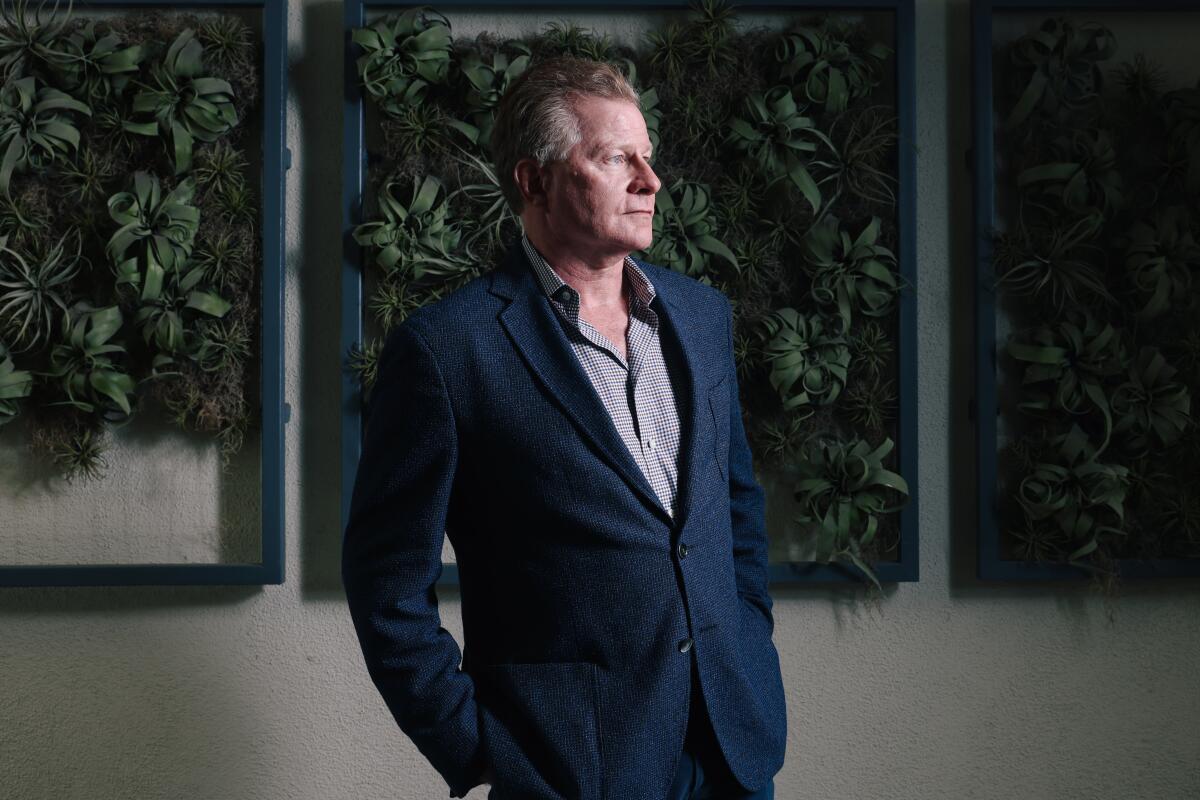
A number of people who have seen the film have asked me whether the isolation we all felt during the COVID pandemic influenced the writing of the script. Virtually no one had heard of COVID when I took on the project, so I can’t take credit for being prescient, but COVID did hit as I was working on the first draft, and I saw along with everyone else how quickly loneliness and isolation can amplify social discord, driving people apart at a time when they need to connect to others the most.
Otto is just going on a drive with friends when he says, “This is living,” but I think he is feeling the way many of us did when the pandemic abated and we began to reconnect with the world. Read more >>

This was my foundation when I sat down to write “Knives Out”: try to shake off nostalgia and get back to what [Agatha] Christie’s books actually feel like. So set it in modern-day America. Make it personal, make it of the right here and now. And try something with it narratively that was genuinely exciting to me, the same way I imagine Christie did with each new book.
Cut to several years later. People enjoyed “Knives Out,” and the idle idea of making more of these things was now not just a reality, but a pressing one. It was time to write a script and to ask the question that sends fear down the spine of any writer: Where to begin? Read more >>

During a NJ Transit ride back home one night, I read one student’s heartbreaking truth, a line that ended up staying in the play and the screenplay throughout mountains of drafts: “I think I need to accept that my life isn’t going to be very exciting.”
That single line was a turning point in my artistic life. Because right after I read it, I had the thought: “Should I write a play about an expository writing teacher who is begging his students to write something honest? Is anyone going to want to watch that? More frightening than that, is this play a version of this exercise I had just given my students?” Read more >>
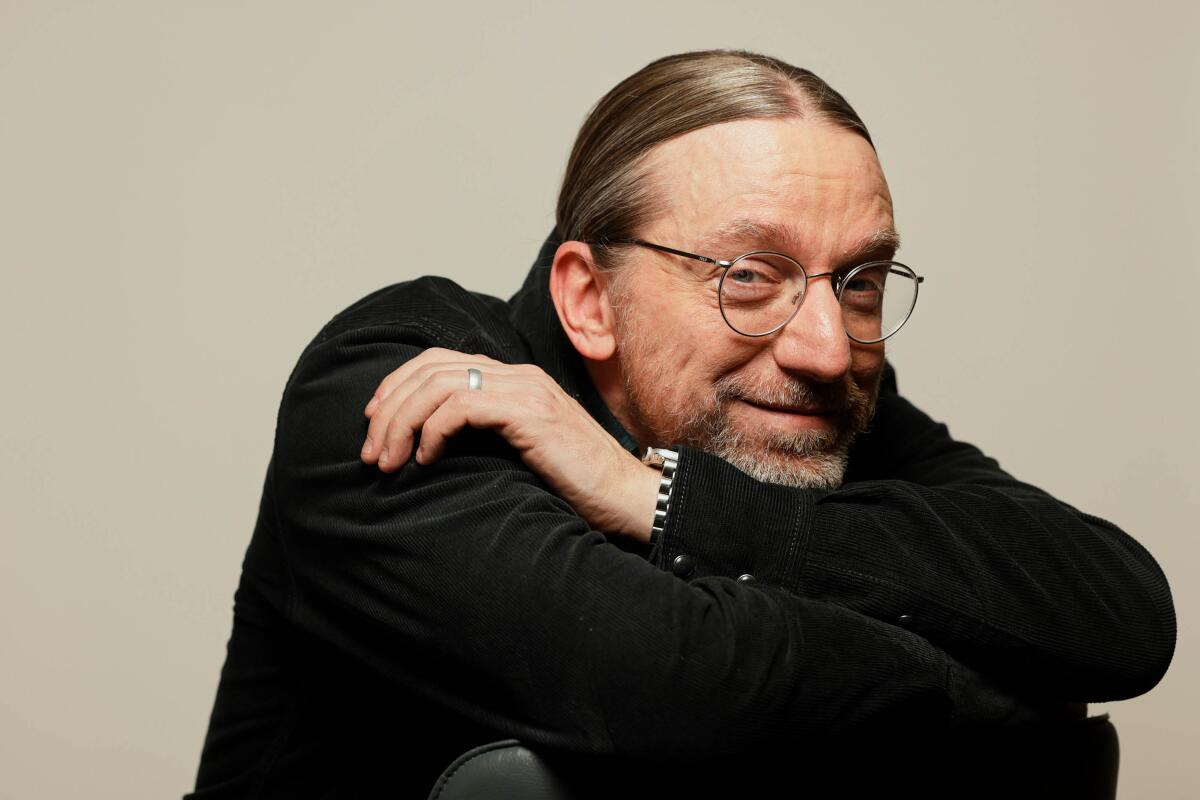
I felt that if I were to write an adaptation that could connect with young people navigating the issues of identity and belonging that the film explores, it couldn’t be as a 52-year-old trying to memorialize how things were then but somehow as the 18-year-old I’d been in 1988 first discovering how things are. This isn’t to say making the film regressed me, but it did become a surprisingly powerful time machine.
I distrust nostalgia for the ‘80s. I found its bright, exploded pop response to the disillusioned ‘70s creepy. And 1988 was, personally, a terrible year. Growing up in the closet, in rural Ohio, was a time of hypervigilance, of seeking out anyone who might wish the “real” me well, while staying invisible to those who wouldn’t. And this was on the comparatively simple calculus of merely being gay, which I could hide inside an otherwise safe profile of a physically enabled, white, middle-class American male. Others had it worse. Read more >>
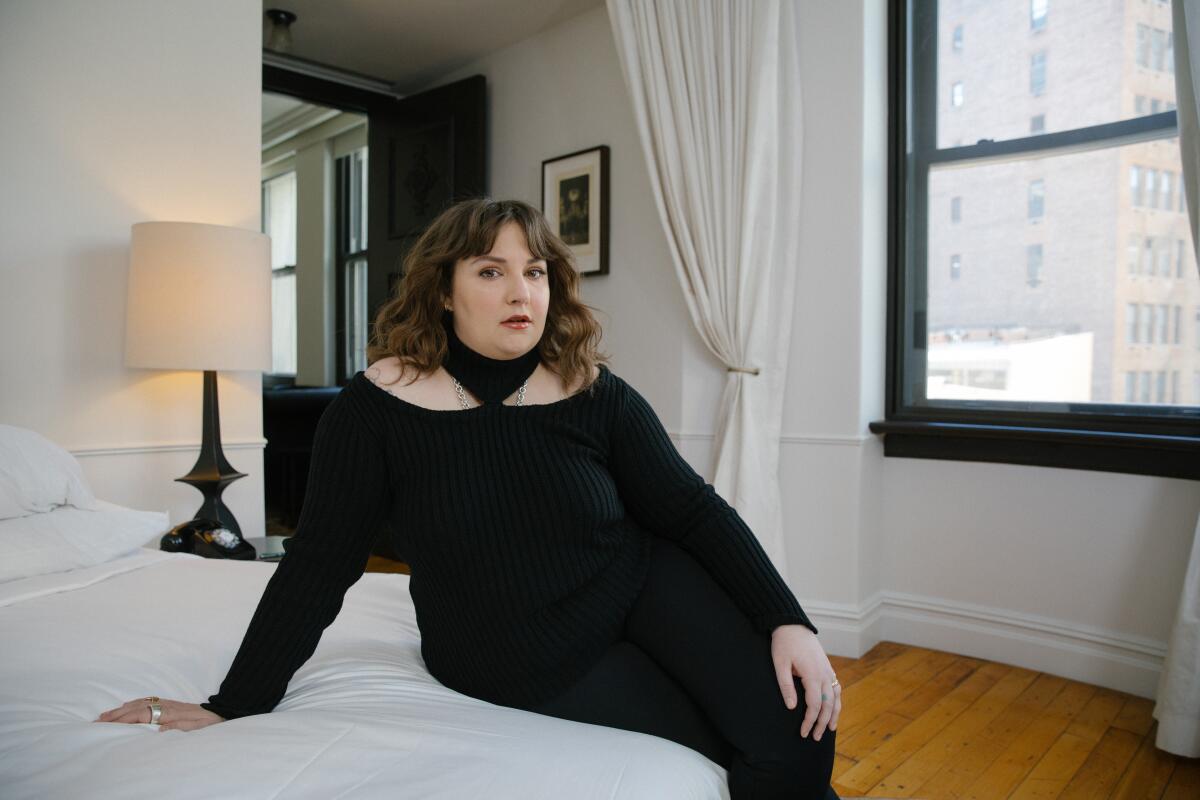
Like many children without social gifts, I disappeared into books, searching for myself in their heroines. I loved Kay Thompson’s Eloise for her independence, Madeleine L’Engle’s Camilla for her romantic streak. I crafted elaborate fantasies around Frances Hodgson Burnett’s “A Little Princess,” in which a girl who is separated from her war hero father is mistaken for an orphan and ignored by her schoolmates, forced to sweep the floors, until he reappears in a burst of satin and cinnamon buns.
But no book transfixed me quite like “Catherine, Called Birdy,” Karen Cushman’s 1994 ode to the long-ignored domestic realities of a medieval preteen. From the first page, I was enamored of the tone, part cheeky brat and part wise philosopher. I related to the heroine’s desire to be a part of something, dampened by her inability to keep her mouth shut. Read more >>
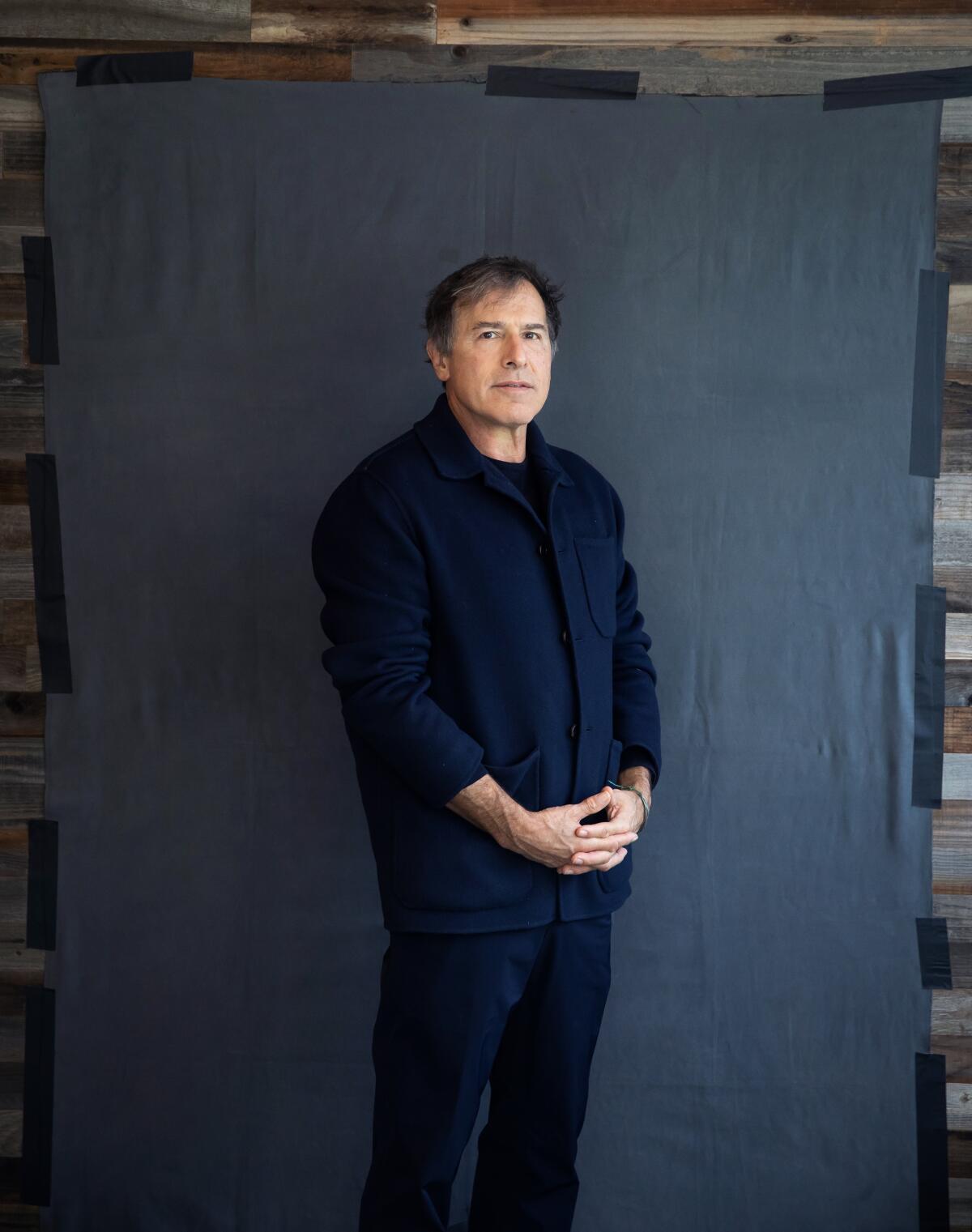
The premise was: Imagine you’ve been through one global, hatred-fueled catastrophe, so you could hardly begin to think that it would happen again, which is, in fact, happening unbeknownst to many, many Americans. Taking a stand is important, but so is keeping your sense of humor, which these three decidedly do throughout the film. This was the whole thing that motivated us — a history that none of us knew until we read about it and to imagine having to survive one senseless bloodiness, to recover, and now be finding your way to the vexing birth of another one — all while remaining kind of funny and kind of optimistic because of their dark senses of humor. Read more >>

It was always important to me and to our three female producers (Maria Bello, Viola Davis and Cathy Schulman) to address rape as a weapon of war. In conflicts both present and past, women face sexual violence from conquerors and captors. In light of this, what would it really be like to be a woman soldier? How would the trauma of warfare affect the lead character, Nanisca? Her strength comes from surviving the worst a soldier can face. For her, that includes rape. Like many survivors, she pushes down her painful memories. Her coping mechanism is to label emotion as weak. This gave me her hero’s journey. The relationship with the new recruit, Nawi, connects her to her own younger self, and ultimately allows her to heal. Read more >>
——————————————
Screenwriters from 2021-2022: Maggie Gyllenhaal | ‘The Lost Daughter’; Adam McKay | ‘Don’t Look Up’; Jon Spaihts, Denis Villeneuve, Eric Roth | ‘Dune’; Tony Kushner | ‘West Side Story’; Zach Baylin | ‘King Richard’; Erica Schmidt | ‘Cyrano’; Steven Knight | ‘Spencer’; Rebecca Hall | ‘Passing’; Sian Heder | ‘CODA’; Krysty Wilson-Cairns | ‘Last Night in Soho’; Jeymes Samuel | ‘The Harder They Fall’; Roberto Bentivegna | ‘House of Guccie’; Fran Kranz | ‘Mass’
Screenwriters from 2020-2021: Darius Marder | ‘Sound of Metal’; Sacha Baron Cohen, Dan Swimer, Peter Baynham, Anthony Hines | ‘Borat Subsequent Moviefilm’; Tara Miele | ‘Wander Darkly’; John Lee Hancock | ‘The Little Things’; Kata Wéber | ‘Pieces of a Woman’; Lee Isaac Chung | ‘Minari’; Andy Siara | ‘Palm Springs’; Eliza Hittman | ‘Never Rarely Sometimes Always’; Will Berson | ‘Judas and the Black Messiah’; Julia Hart and Jordan Horowitz | ‘I’m Your Woman’
Screenwriters from 2019-2020: Gregory Allen Howard | ‘Harriet’; Rian Johnson | ‘Knives Out’; Scott Alexander and Larry Karaszewski | ‘Dolimite Is My Name’; Mario Correa | ‘Dark Waters’; Julian Fellowes | ‘Downton Abbey’; Anthony McCarten | ‘The Two Popes’; Micah Fitzerman-Blue and Noah Harpster | ‘Beautiful Day in the Neighborhood’; Steven Zaillian | ‘The Irishman’; Lorene Scafaria | ‘Hustlers’; Charles Randolph | ‘Bombshell’; Michael Schwartz and Tyler Nilson | ‘Peanut Butter Falcon’; Lena Waithe | ‘Queen & Slim’
Screenwriters from 2018-2019: Diablo Cody | ‘Tully’; Joe Robert Cole | ‘Black Panther’; Paul Dano and Zoe Kazan | ‘Wildlife’; Josh Singer | ‘First Singer’; Felix van Groeningen and Luke Davies | ‘Beautiful Boy’; Peter Hedges | ‘Ben Is Back’; Gillian Flynn | ‘Widows’; Bo Burnham | ‘Eight Grade’; Debra Granik | ‘Leave No Trace’; Kevin Willmott | ‘BlacKkKlansman’; Nick Vallelonga and Brian Hayes Currie | ‘Green Book’; Elizabeth Chomko | ‘What They Had’; Paul Schrader | ‘First Reformed’; Chloe Zhao | ‘The Rider’; and Jeff Whitty | ‘Can You Ever Forgive Me?’
Sign up for The Envelope
Get exclusive awards season news, in-depth interviews and columnist Glenn Whipp’s must-read analysis straight to your inbox.
You may occasionally receive promotional content from the Los Angeles Times.